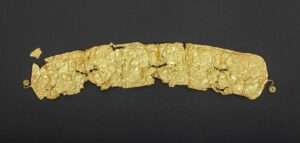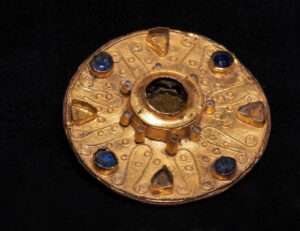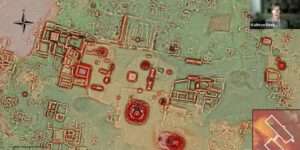The fossilised remains of a new species that is a 70-million-year-old dinosaur-age relative of the modern-day platypus have been discovered in Patagonia.
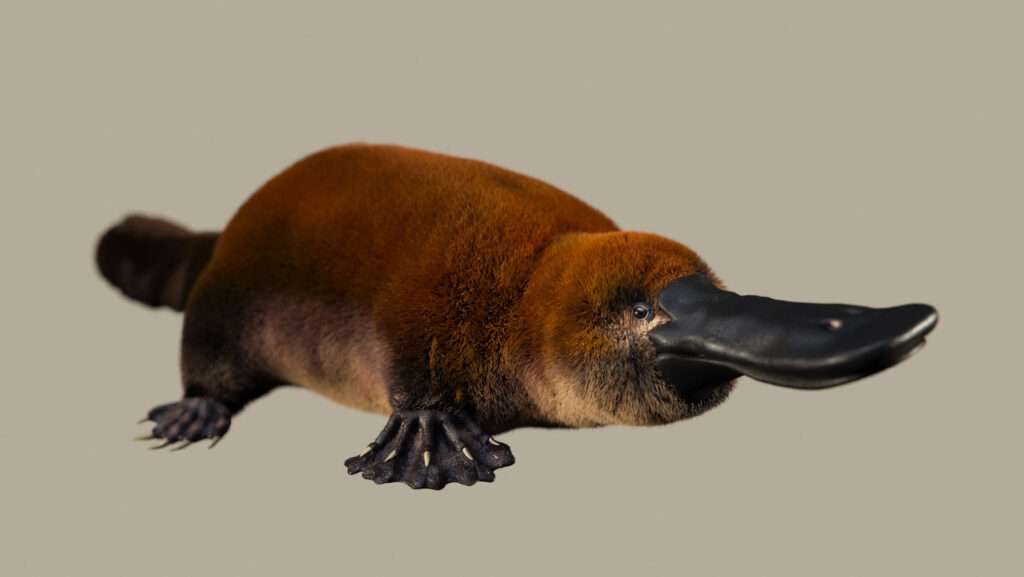
The researchers who made the discovery said that it “highlights the importance that the southern territory of America had in the evolution of mammals.”
Newsflash obtained a statement from Argentina’s National Council for Scientific and Technical Research (CONICET) on Thursday, 16th February, saying that it was discovered by a team of palaeontologists in 70-million-year-old rocks located a few kilometres from El Calafate, a city in Patagonia, Argentina, on the southern border of Lake Argentino.
The palaeontologists who made the discovery, from CONICET and the National Museum of Nature and Science in Tokyo, named the new species ‘Patagorhynchus pascuali’, with the experts explaining: “The name Patagorhynchus means ‘Patagonian bill’ in Latin, alluding to the flattened, duck-like bill of living and fossil platypuses, while the word ‘pascuali’ is in honour of the great Argentine palaeontologist Rosendo Pascual, who was the first to find platypus remains in Patagonia, although at younger sites.”
The small mammal is the first known close relative from the Mesozoic era, also known as the “age of dinosaurs”, of the modern-day Australian platypus (Ornithorhynchus anatinus).
The discovery was made by Nicolas Chimento, a CONICET researcher who found a small tooth measuring five millimetres in diameter on the surface of the explored ground. The complex shape of the crown and roots made it easy to determine that the tooth belonged to a relative of today’s platypuses.
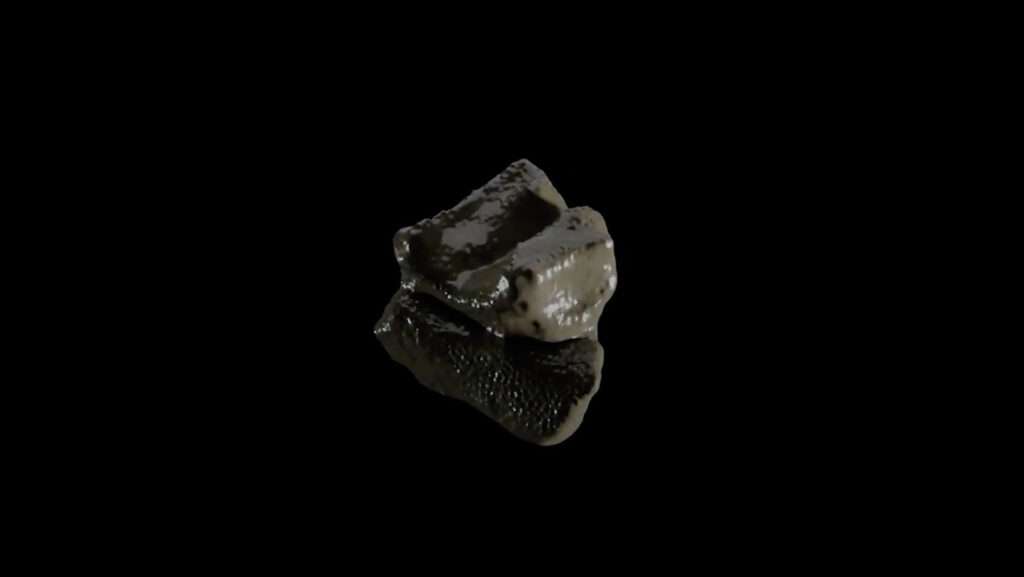
Chimento said: “The teeth of living platypuses, as well as those of a fossil found in Australia, are distinguished by having two short ‘V’-shaped structures. So when I found the Patagorhynchus tooth and saw that it had the same shape, which is unique to these animals, I immediately realised that it was a platypus
The expedition was co-directed by Fernando Novas, of CONICET, who is a researcher and the head of the Laboratory of Comparative Anatomy and Vertebrate Evolution of the Bernardino Rivadavia Museum of Natural Sciences and his colleague Makoto Manabe, from the National Museum of Nature and Science in Tokyo, Japan.
The findings have been published in the academic journal Communications Biology.
The statement said: “According to palaeontologists, the finding of Patagorhynchus supports the hypothesis that at the end of the Cretaceous, the same fauna made up of mammals and dinosaurs extended from southern Patagonia to Australia, also including Antarctica, which at that time was embedded between both continents.
“Seventy million years ago, southern Patagonia and Australia were territories with climates ranging from temperate to cold, which sheltered lush forests in humid environments.”

